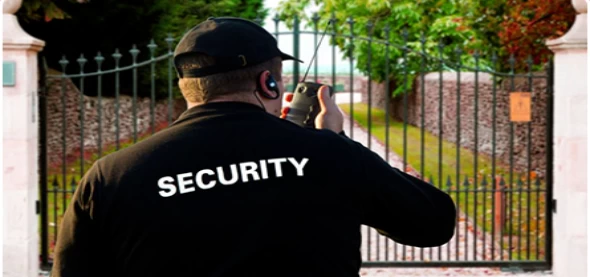Building security is critical because it protects lives, data, equipment, facilities and company assets. Most buildings – whether they’re hotels, government buildings, retail shopping strips, residential complexes or hospitals – weren’t designed with security concerns in mind. So how can you know if your organization’s building security standards are appropriate? The answer is to take an organized approach towards your building security plan.
Having the Right Defenses at Every Level Matters in Building Security
If you’re looking to learn more about how to secure a building, defense depth is an important concept for building security management because large facilities require defense on more than one level. They often necessitate multiple layers of defense for the security of the building so that a potential attacker has to penetrate several obstacles before breaking through the perimeter to cause harm or steal assets.
For instance, parking lots are often the first level of defense depth and therefore the front lines to most physical intrusions. According to the Bureau of Justice Statistics, 11% of property crimes and more than 7% of violent attacks occur in parking facilities.
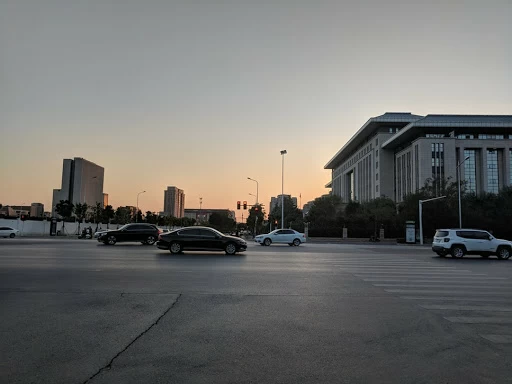
As far as parking lot security best practices go, booth security plays a large role in the security of building, property, or large premises. This is why so many organizations invest in parking lot fencing, entrance gate barriers, security booth or tower, and guard booths for perimeter security. Entrance gate booths are not only effective for monitoring visitors and catching suspicious activity, but they also control traffic in and out. In fact, guard booths at the entrance empowers security personnel to react on a potential breach from the onset.
Securing large facilities and maintaining security in building structures is not an easy task and requires implementing multiple solutions that work together. If your organization doesn’t have a plan to establish and maintain building security standards, it could be held monetarily and criminally liable for failing to practice due diligence, according to research from the SANS Technology Institute. When your plan takes into account your organization’s security needs at external entry points as well as internally, then you’ll be able to develop a system that protects the building and its occupants
Here are 5 Steps to a Foolproof Security Plan
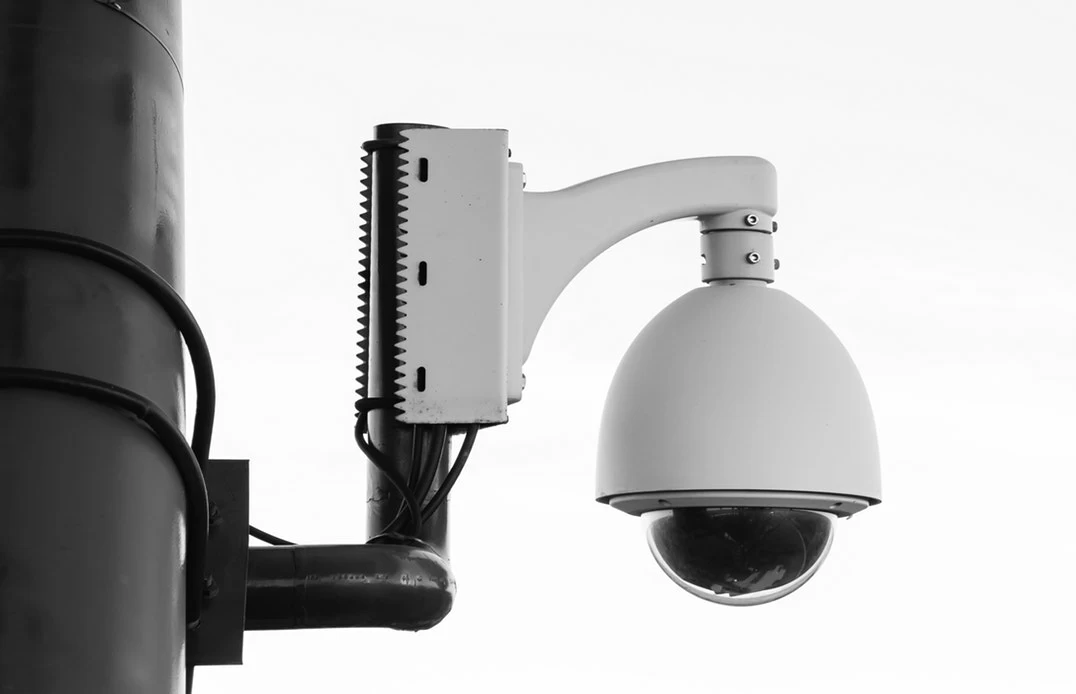
Whether you’re implementing a new security program or managing an existing one, these best practices will help you implement office building security best practices.
Plan and Assess Your Security Program
Assess the performance of the building’s existing security program. Do your records show a decrease in security incidents since the program’s induction? If so, which types of issues, and at which locations? Is there a plan for regular re-assessment to your building security in place? This will help you pinpoint problems that have emerged since the program was first created. From there, you can develop an updated program that’s based on the most pressing security needs and move ahead as the budget allows.
Your program should be adjusted regularly based on the changing nature of the surrounding neighborhood. For instance, your budget for security should reflect the level of crime in the surrounding area. So, keep crime statistics handy, using crime statistics portals like Statista, and be sure to measure the outcomes of your program. This will allow you to know exactly what’s working and what needs adjustment.
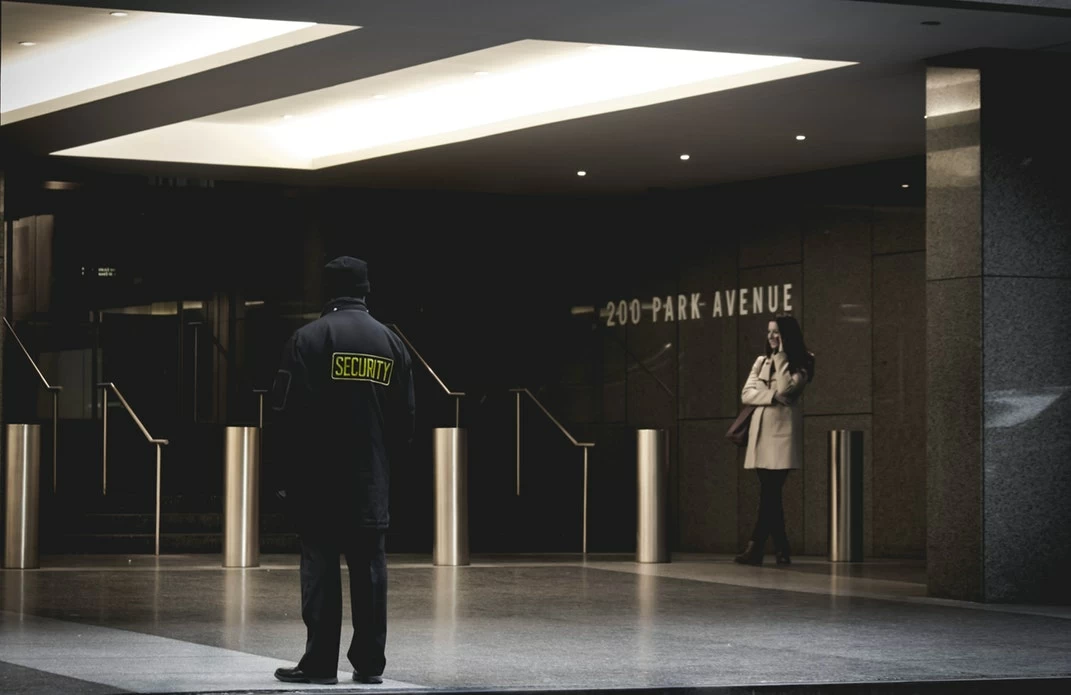
Designate a Qualified Security Director
The security director is central to the success of building security management, and should have experience with parking lot security standards. They are the one responsible for commissioning security program assessments and, based on those findings, tailoring a new program to the needs of the building. This also includes identifying the resources needed, how to obtain them and where to allocate them. Finally, the director must monitor and manage all of these aspects on an ongoing basis.
Hiring a security director means having a primary point of contact for escalation of security incidents, as well as a qualified person to handle the day-to-day direction for the security of your facilities. The base salary for a security director ranges from $108,102 to $147,251, according to Salary.com.
Security Staff
Security personnel are a must in any large building, and it is up to you whether you want to hire security employees or outsource. Either option has its advantages.
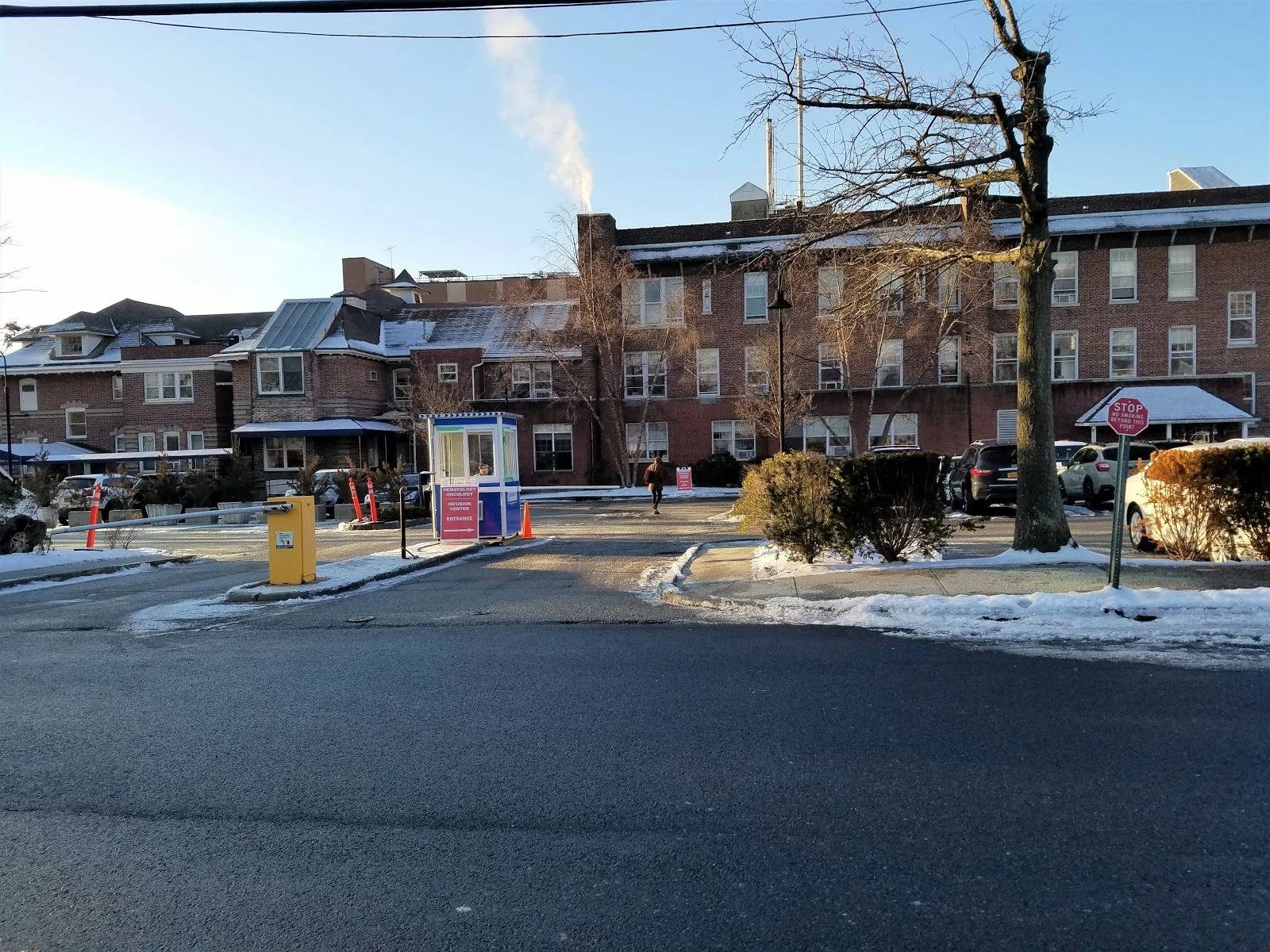
Outsourcing eliminates the time and expenses required to hire, manage and replace personnel. Relying on an outsource security company also means they can provide backup in an emergency. In-house security can be advantageous because they’ll have a direct relationship with the organization. This means they are likely to have more loyalty and thus be better on-the-ground ambassadors of the company.
In addition to where you will source security staff, you should also consider how officers will get around (e.g. on foot, in cars or SUVs, on bicycles, etc.) and which modes of travel are optimal for different areas of the property. For some physical environments, such as areas of a college campus, travel on foot or by bicycle or scooter gives security more mobility to respond to situations than would a motor vehicle.
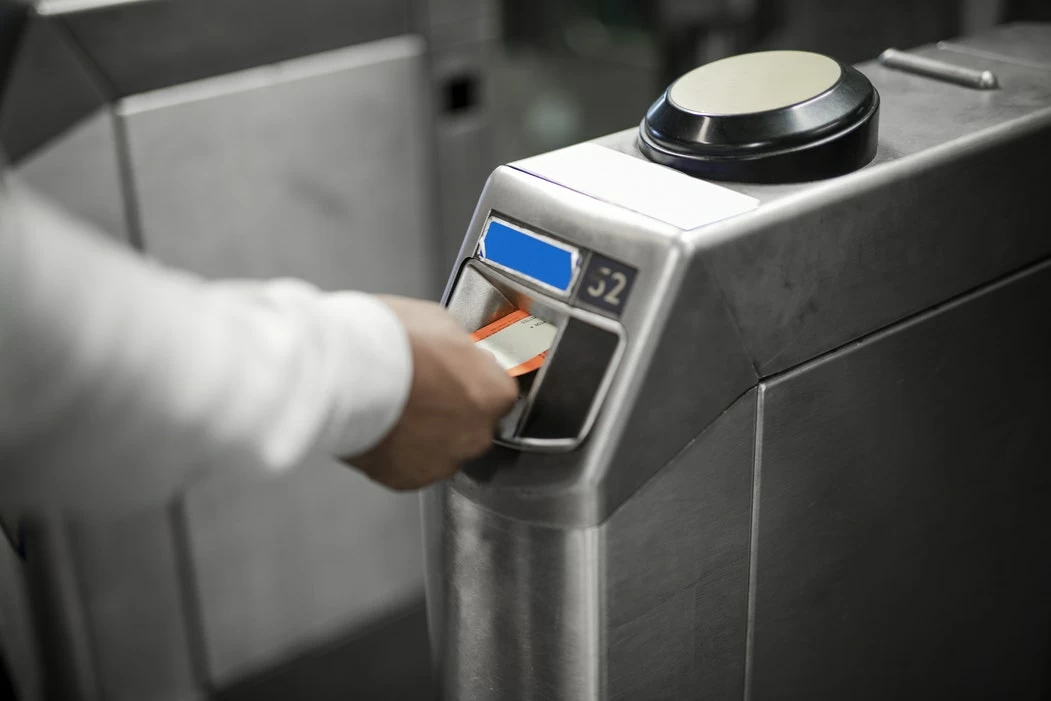
Access Control
Access control includes measures such as:
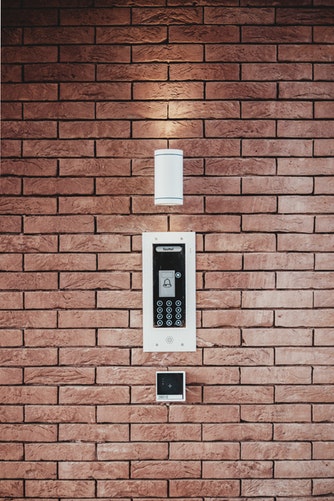
- Waist-high turnstiles and other physical barriers. Intruders can still hop over these barriers, but the obstruction will allow security to recognize and react to a potential breach.
- Card access for interior doors, elevators and certain floors of the building. Unlike physical keys, cards can easily be issued, monitored, and canceled.
- Visitor management through sign-in systems, security escorting and guard booths in the parking lot.
Access control regulations help security keep track of visitors, respond in time to intruders and identify suspicious activity.
Fortify Parking Security with a Guard Booth
If your building has a parking facility, you must pay strict attention to parking security. The security features of your parking lot should combine surveillance with perimeter security. This might include:
- Video surveillance cameras to supplement for security presence and help monitor for signs of trouble. Trusted brands include Lorex and Verkada
- Building access cards
- Intercoms at entrances, exits and on the walls near elevators
- Emergency call stations in parking lot structures in case of poor cell phone signal
- Security guard shacks
Guard booths should be installed in a central location to make the most of their design. A guard booth provides your staff with protection, privacy and the capability to remain in constant communication and situational awareness.
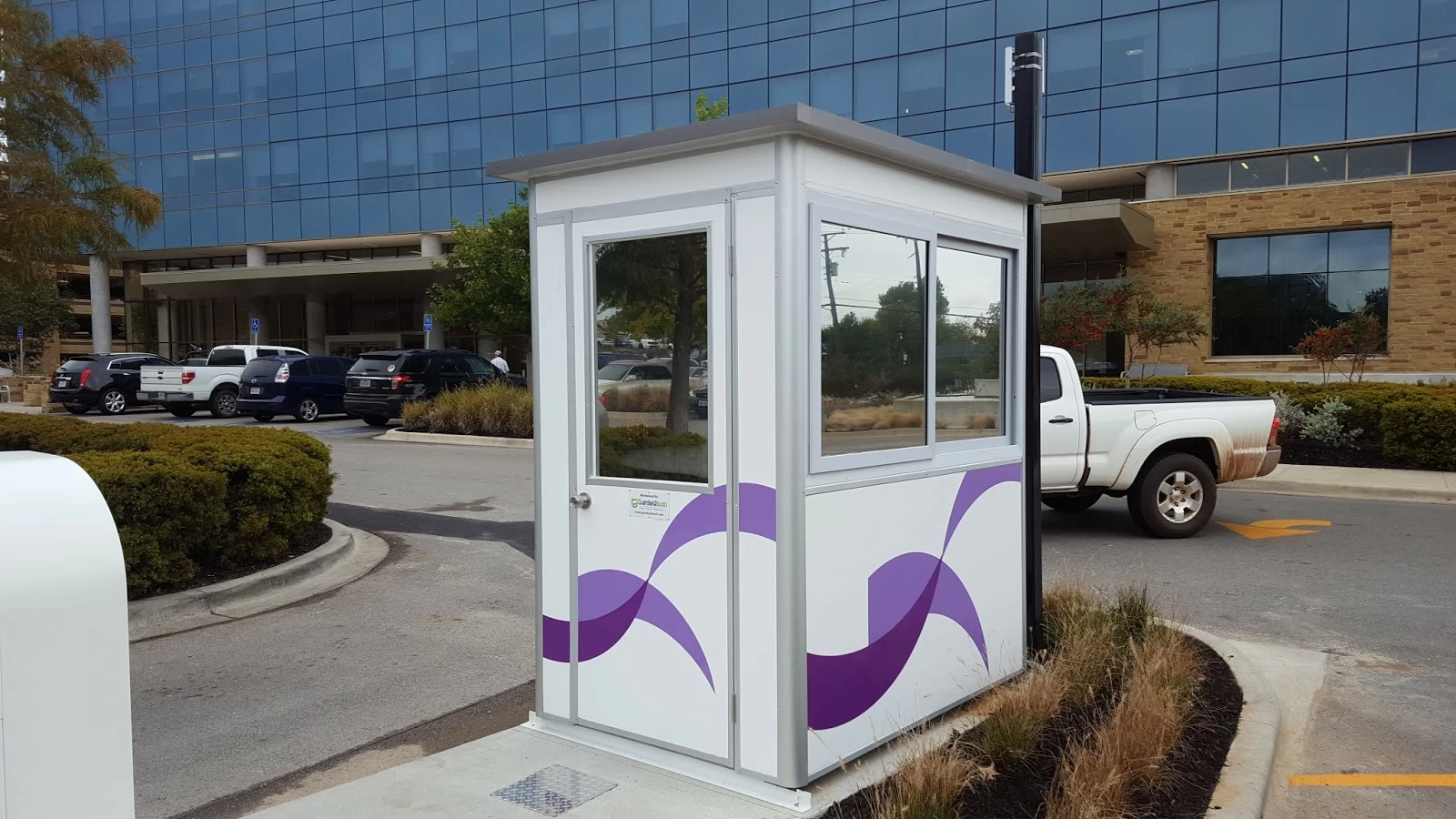
Guard shacks, like the ones built by Guardian Booth, provide comfortable and weatherproof booth security and come with the option of tinted windows for privacy. They can even be upgraded to shatter-resistant material, built-in restrooms and external swiveling LED spotlights. Guard booths can be tailored to meet your needs with custom features.
Conclusion
Physical security is often overlooked in favor of technology-oriented security measures that prevent hacking attacks. This is a huge mistake. Physical security is not just a liability issue, but also a matter of protecting company assets and the lives of employees, tenants, and visitors. By creating a building security program that factors in defense depth, you’ll secure the building and stop hazardous and even life-threatening situations before they start.
Want to know more about how you can incorporate guard booths into your facility’s security plan? Learn more about security guard booths that get the job done.



